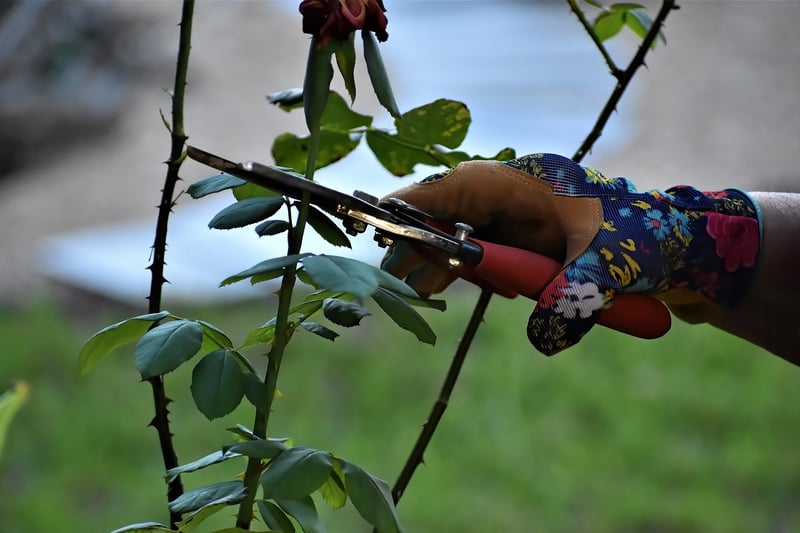Pruning Techniques
Guidance on Nurturing Plants and Pruning Techniques
Nurturing Plants
Plants are living organisms that require care and attention to thrive. Whether you are a seasoned gardener or just starting, here are some essential tips for nurturing your plants:
1. Proper Watering
Water is essential for plant growth, but overwatering can be detrimental. Ensure your plants receive the right amount of water based on their specific needs.
2. Adequate Sunlight
Most plants require sunlight to photosynthesize and grow. Place your plants in locations where they can receive adequate sunlight based on their sunlight requirements.
3. Nutrient-Rich Soil
Healthy soil provides essential nutrients for plant growth. Consider using fertilizers or compost to enrich the soil and promote healthy plant development.
4. Regular Pruning
Pruning helps maintain the shape and health of your plants. Regularly remove dead or overgrown branches to encourage new growth and improve overall plant health.
Pruning Techniques
Pruning is a vital practice that helps plants grow stronger and produce more blooms or fruits. Here are some pruning techniques to keep in mind:
1. Deadheading
Remove dead or faded flowers to encourage the plant to produce more blooms. This technique also prevents the plant from expending energy on seed production.
2. Thinning
Thin out crowded branches to improve air circulation and sunlight penetration within the plant. This technique reduces the risk of diseases and promotes overall plant health.
3. Heading Back
Heading back involves cutting back a portion of a branch to encourage new growth. This technique helps maintain the plant's shape and size while stimulating fresh growth.
By following these nurturing tips and pruning techniques, you can help your plants thrive and flourish in your garden or indoor space.


